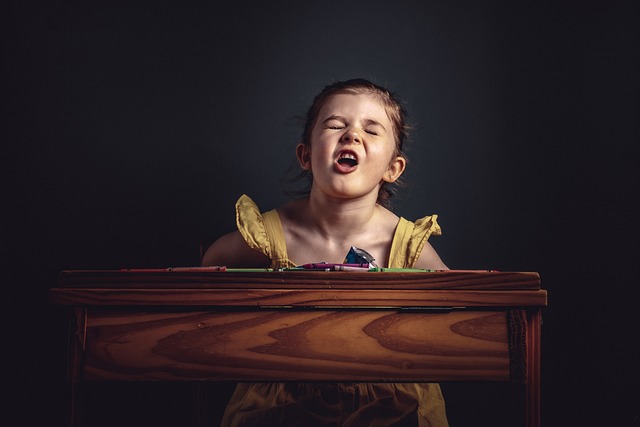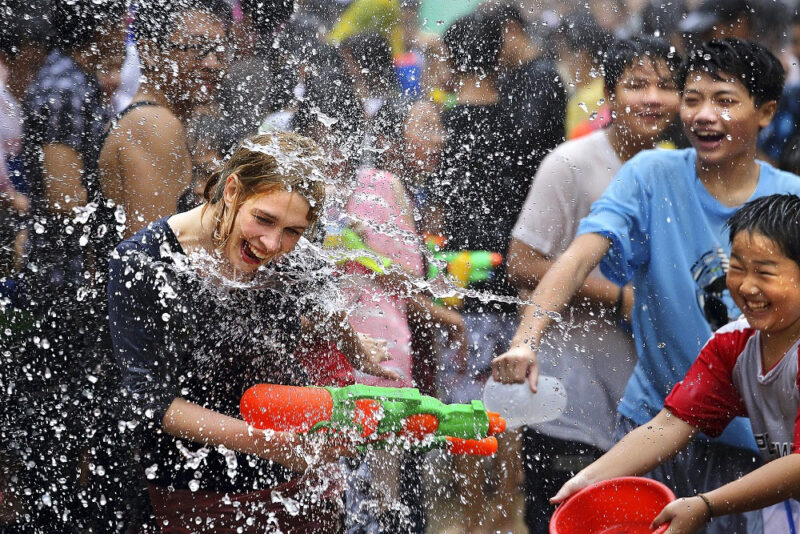Mom…I need to pee, again!!!
Abnormally frequent urination is a commonly found condition. Pollakiuria is a benign condition of abnormally frequent urination. Not only it is disturbing, but it also impairs the quality of life and obstructs the development of concentration among children. Many parents, Thai in particular, may never have heard of this kind of illness. So, I would like to introduce you to, frequent daytime urination, pollakiuria.
What is Pollakiuria?
Pollakiuria = Pollakis + urine
Pollakis (pol-lak’-is): originally a Greek word meaning frequency
Urine (urina-Latin): also a Greek word, meaning urine
When the two words are combined, they mean to ‘urinate frequently’.
Q: If my child urinates frequently, is he / she afflicted with pollakiuria?
A: Not really. The symptoms may seem obvious, but actually diagnosing pollakiuria is not easy. The diagnosis is made by exclusion from other related diseases and with suggestive characteristic. To be precise, it will occur only during the daytime as frequent small voids in typical age group and the child will not experience pain when urinating. Also, it is definitely that the frequent urination is not caused by a physical condition, such as diabetes mellitus, diabetes insipidus or urinary tract infection.
This means that to diagnose this syndrome, we need to initially screen for these previously mentioned diseases.
Pollakiuria can be found in both children and adults. However, this article focuses on pollakiuria in children. This problem can occur in children aged from 3–14 years old who previously well-controlled their bowel and bladder. Peak age group that often experiences this condition is children aged 4–6 years old. Their bathroom visits can be as frequently as every 15–20 minutes or even more frequent. However, they can sleep tight at night without going to the bathroom and don’t have bed wetting at all.
Pollakiuria is a good prognosis and benign condition that self-limited and often resolve itself. However, it is hard to tell how long this will take. It can be anything from two weeks up to two years, although the average duration is approximately two months. Psychological factors possibly contribute to the symptoms. This can be seen from children who have recently recovered from an illness or who are coping with stress. Additionally, there are many other factors stimulating the symptom. Generally speaking, it is difficult to determine the causes.
Pollakiuria is not a serious problem. However, it is helpful if parents have some knowledge about it in order for them to be able to understand the situation, give mentally and physically support, and provide appropriate care for their child. Most importantly, it is advisable that children who experience pollakiuria see a doctor in order to screen for other diseases. Background information given by parents can also be very important for the basic screening.
If a child has been for a urine test and the results are normal, it is then possible that the child has pollakiuria or other possible diseases. Parents can help in gathering information to support effective diagnosis by recording the following data before the next medical appointment.
- Frequency and amount of urine per time
- Whether the child dribbles urine without knowing and what the child was doing when it happened
- Whether the child can hold his/her bladder, any urgency, and whether the child has to strain to pass urine
- Frequency, volumes and types of liquids consumed
- Frequency and consistency (soft or hard) of feces
The data should be recorded 24 hours a day for two consecutive days (see below for the Urinary Record Table; Bladder Diary)
Abnormally frequent urination in children is not an uncommon issue. Complete and correct information helps provide accurate diagnostic results, which can be used to evaluate the symptoms, conduct further findings, facilitate follow up, and assess the results of treatment.
In this issue, we have learned the basics about pollakiuria. In the next issue, we will see how information recorded in the table will identify different types of diseases and learn what can cause abnormally frequent urination. Also in the next issue, we will discuss the treatment options for pollakiuria.





